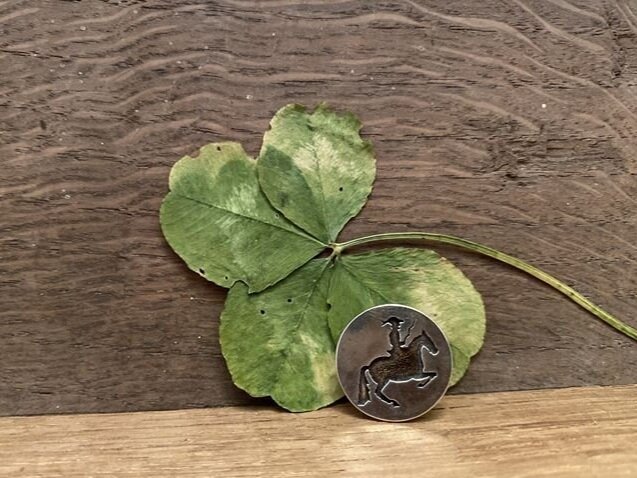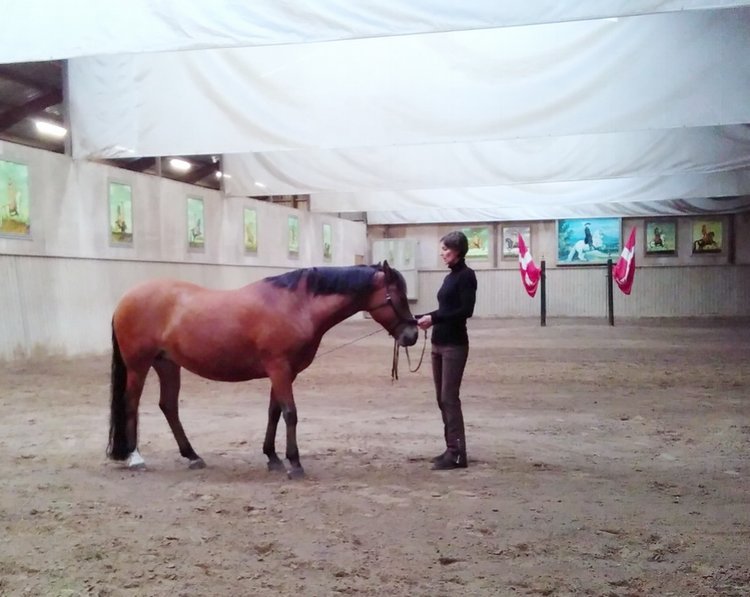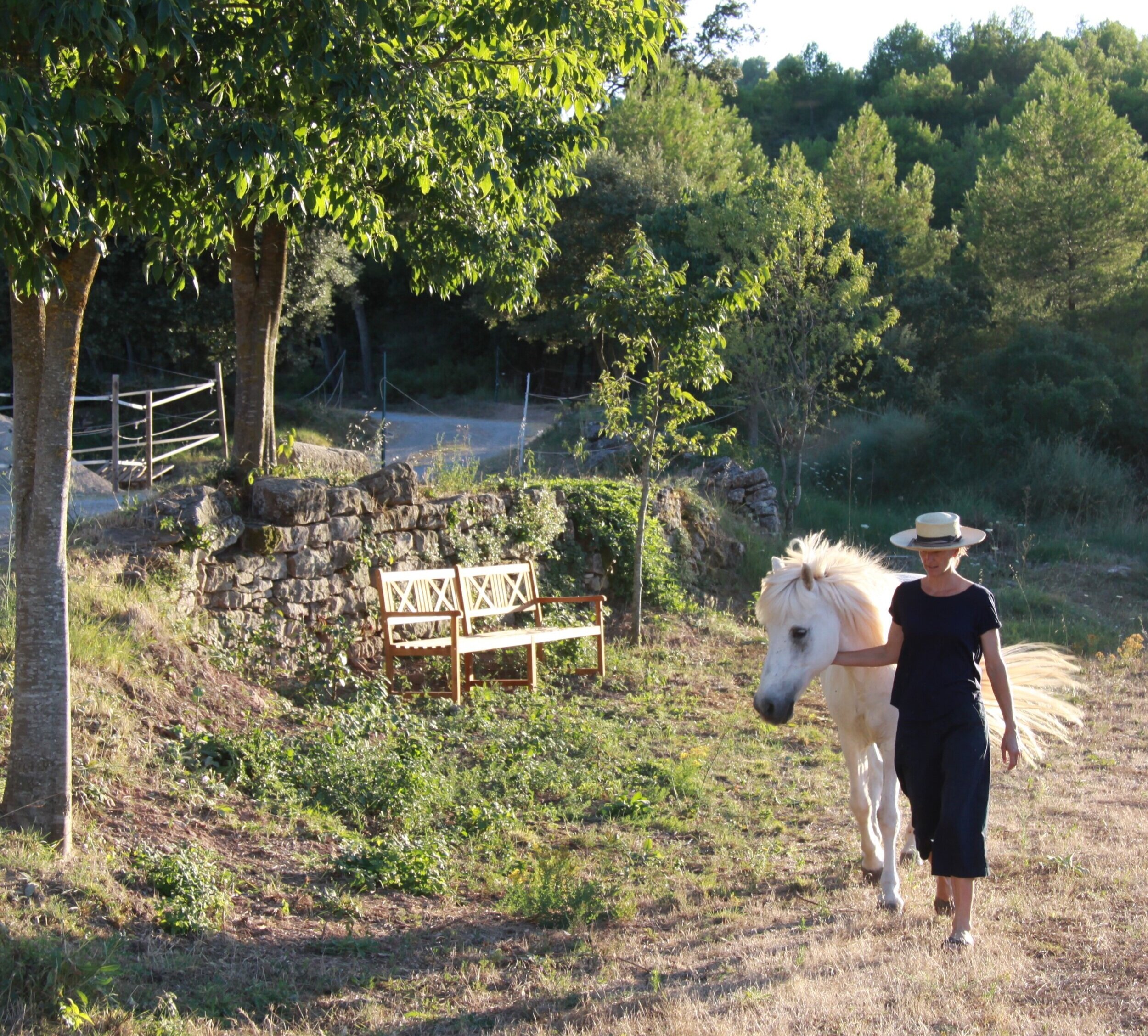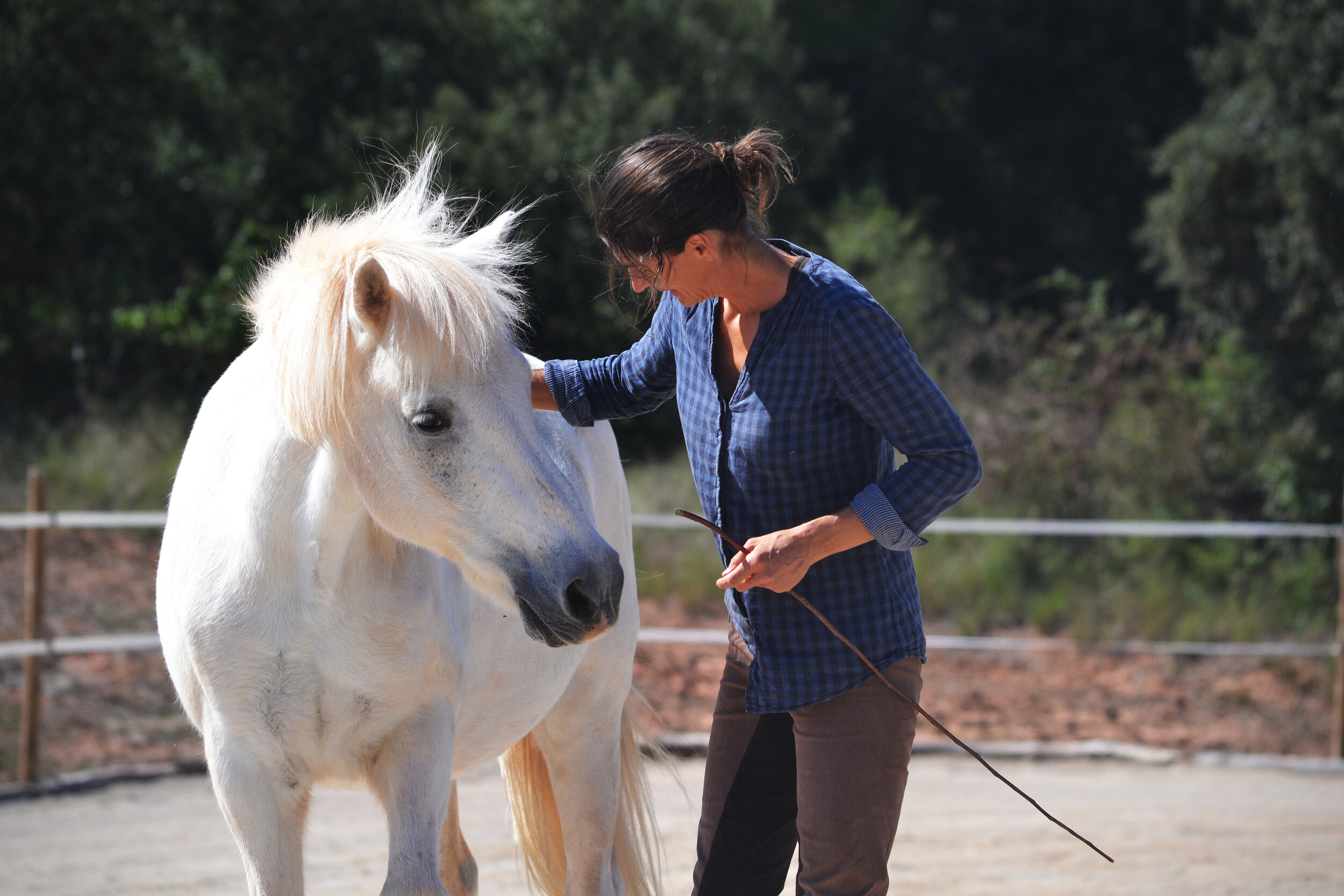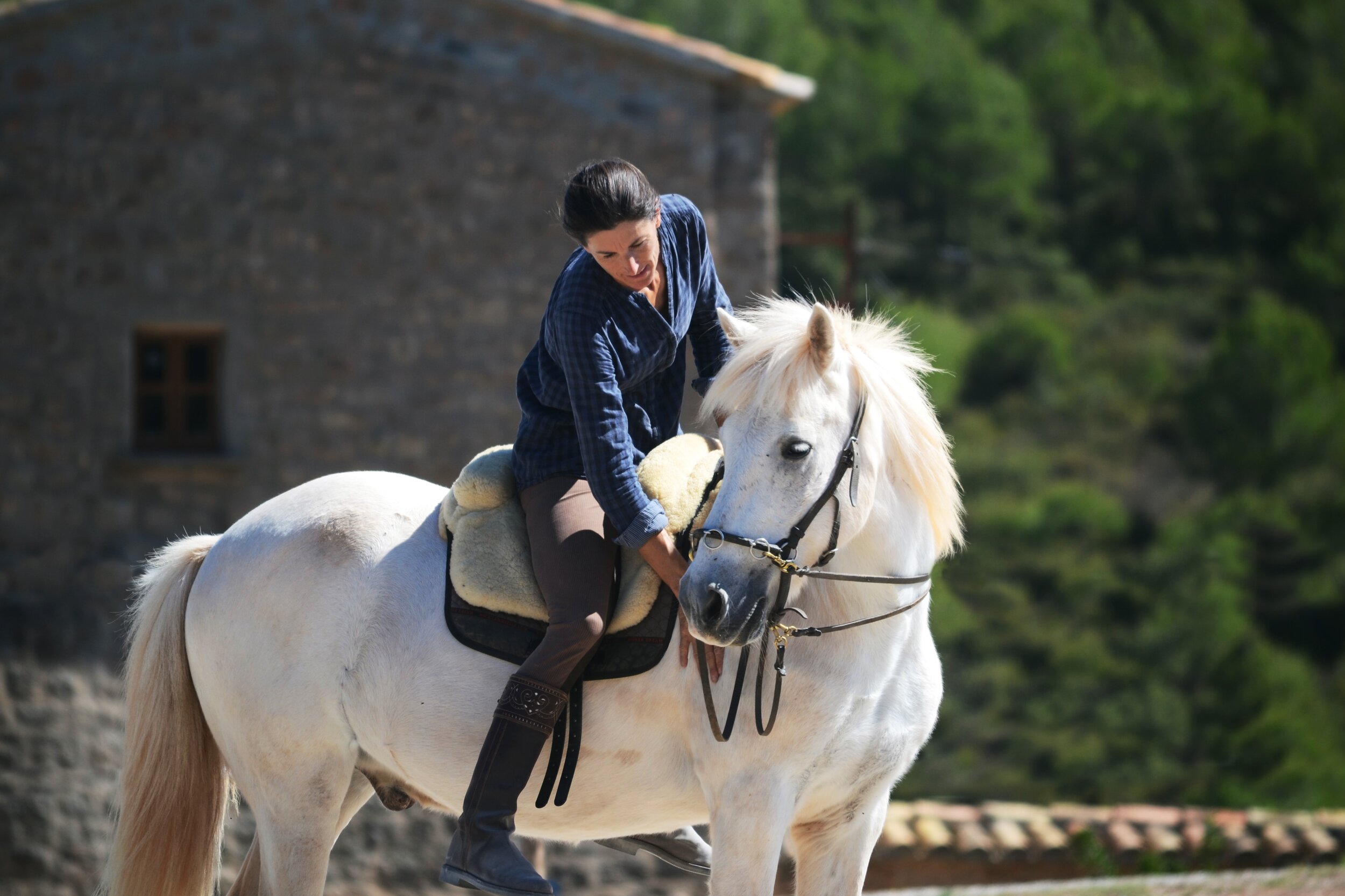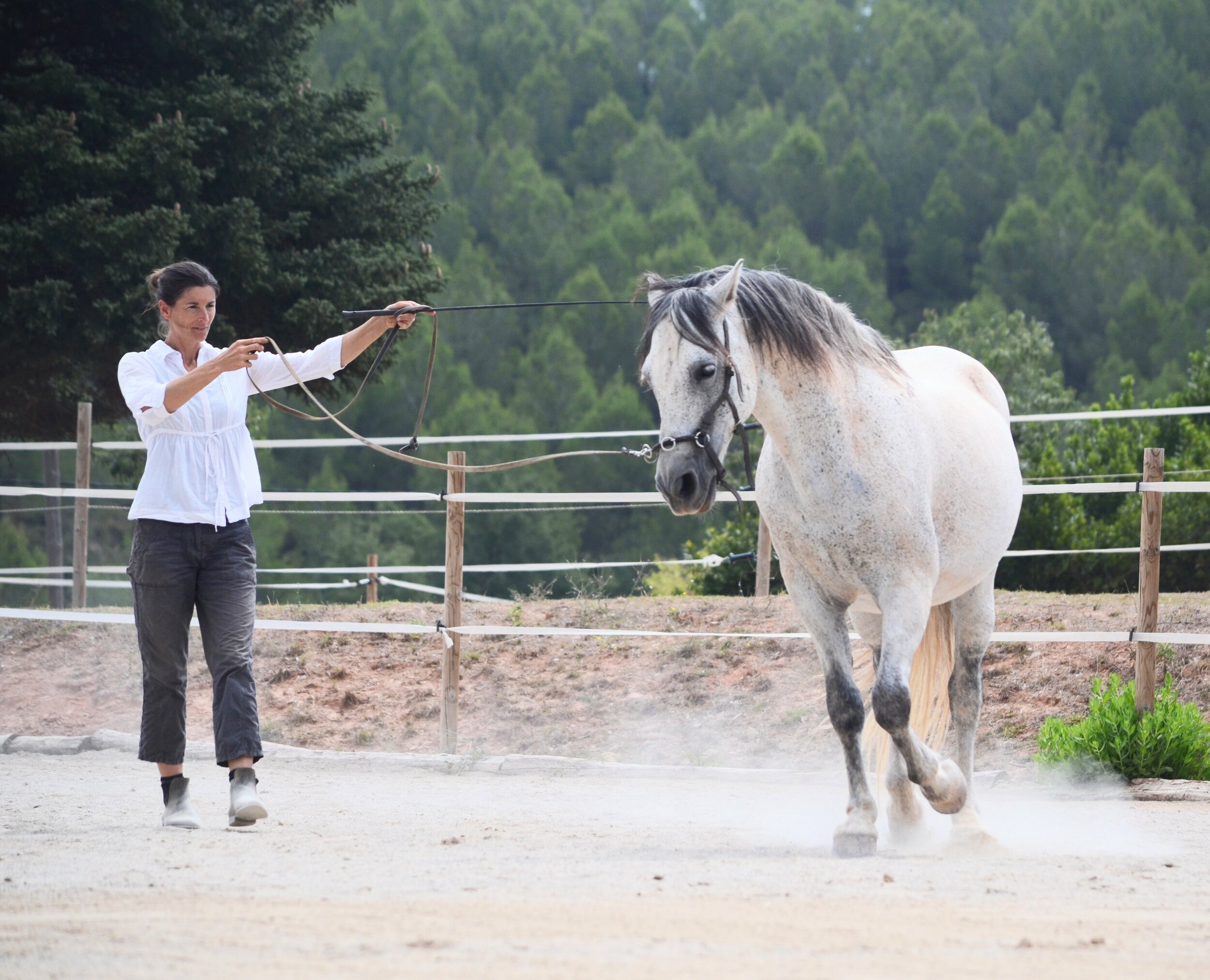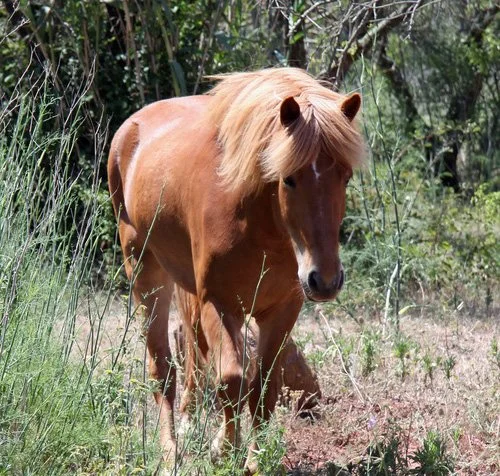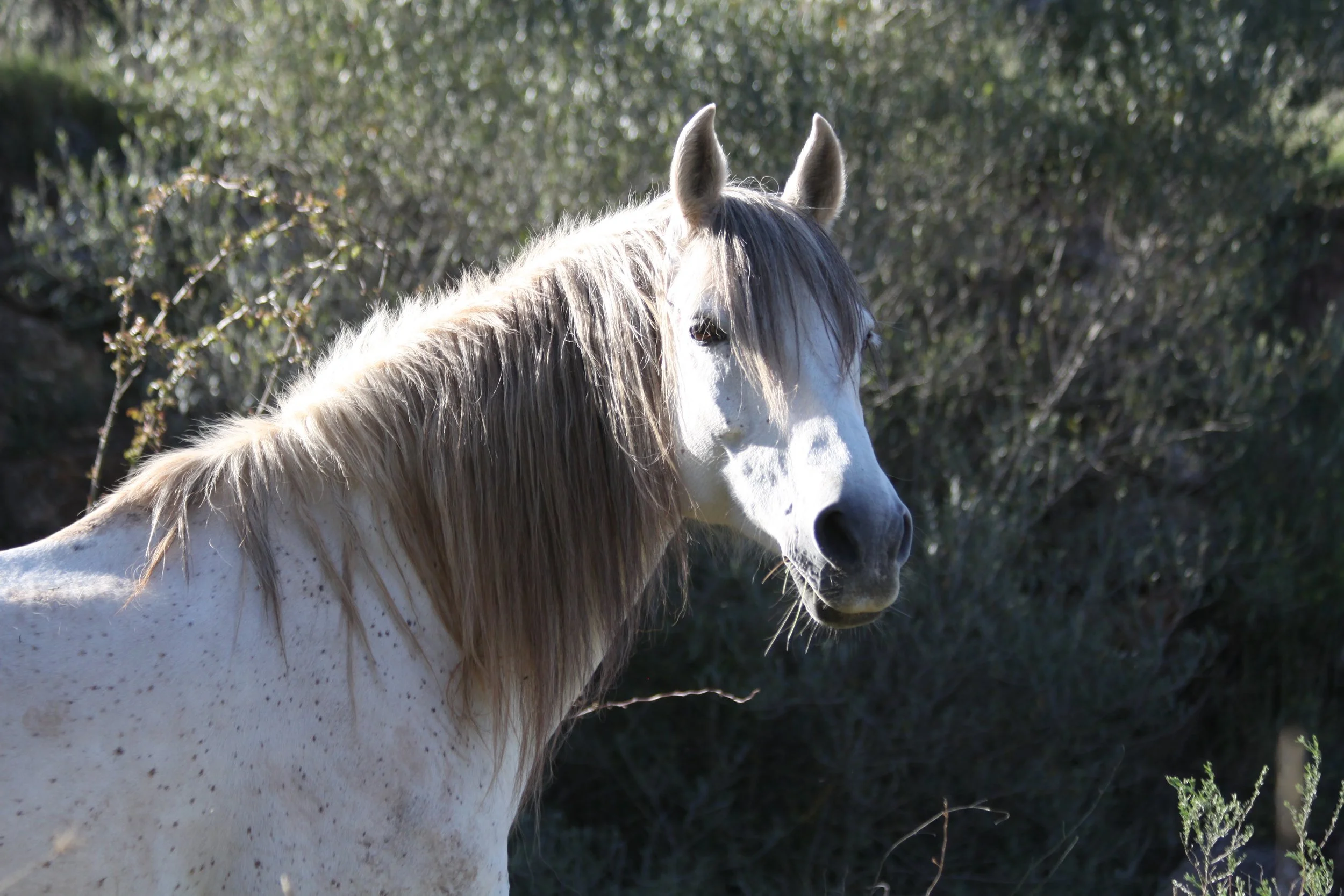
About us
My goal is healthy horses who enjoy spending time with me.
Besides my work as architecture historian I’m passionate about horses and their training. I see myself as an apprentice, because no matter how much experience you have, when it comes to horses, you never stop learning. It’s very important to me that in our work with horses it is always a two-way communication. Their opinion counts and I think it is largely underestimated how much horses can teach us. They are masters at living in the moment, without any judgement. With their help, we can train our empathy and body awareness.
Since my childhood I ride gaited horses (Icelandic horses). When I was looking for a logical and profound training system for my horse Kàri, I discovered the Academic Art of Riding by Bent Branderup, where I found my home in the horse-training. Since 2015, I am supporting Pascale Kern with the organization of the Bent Branderup clinics in Switzerland. I am instructor of the Seat-Program I-IV by Hanna Engström. I went as an intern to many different places and trainers and in 2017 I made an internship at Bent Branderups place. In 2020 my Icelandic horse Kari and I passed the groundwork-lunging-test. I continue taking regularly lessons.
Snæfinnur fr HofSstaðaseli (Icelandic horse)
My soulmate and first own horse - Snaefi is four-gaited but the way I was riding him was impeding the healthy development of his back muscles, up to the point that this honest and decent horse was increasingly resistant to walking in tölt. It was the point where I had to open my mind for good training methods and I decided to begin working on the basics again. Snaefi was kind enough to make peace with me, and from time to time, he now gives me some relaxed steps of tölt once again.
Aragon
It was love at first sight. I don’t know a lot about Aragon, but he used to be a school horse in a typical riding stable. Being an extremely sensitive horse, he came to our place with a lot of tension and mental issues. Even though he will not forget, luckily he is open to build up something new together. With Aragon I discover new dimensions of concentration, balance and precision. A fascinating soul and not an easy horse to reach body and mind.
Kàri vom Nordsternhof (Icelandic Horse)
In 2011, I decided to start with an untrained young horse and take charge of his education. Thus came into my life the funny foal Kàri. A big challenge is his remarkable inherent crookedness, through which I am learning a lot. His cheery and down to earth personality teaches me patience, and his, sometimes excessive, energy and good humor make working with him a real joy. In 2020 Kàri and me passed the groundwork-longing-test.
Cinnia
Cinna is the horse of a good friend who adopted her many years ago. Since we live in Spain, my horses share their home with Cinnia and she became an important friend to my older Icelandic horse. The beautiful Cinnia is a very reliable yet energetic mare who doesn’t like any kind of pressure. She knows the basics of groundwork and likes it very much to teach it to those who want to learn from her.
Philosophy
Only relaxed horses can learn.
Well-kept horses (living in groups with the constant possibility to move, adequate food, hoof and dental care etc.) are more relaxed, healthier, and more motivated. It depends on us whether the horse feels at ease and wants to learn with us. A tense body cannot develop muscles. The horse has to be trained in accordance with its physical and mental capabilities.
Horses are not pack animals.
Riding horses is not natural. If we do it nevertheless, we are responsible for training our horses so that they are capable of carrying us without inflicting long-term damage. Collection is the ability to bring weight to the hindquarters.
Dressage for the horse.
Well thought out groundwork supports the mental and physical wellbeing of the riding horse. The horse always does it right, and therefore if it does not react as desired the riders’s instructions were not precise enough. The aids will be reduced over time.
“The two minds must want to do what the two bodies can do.”


